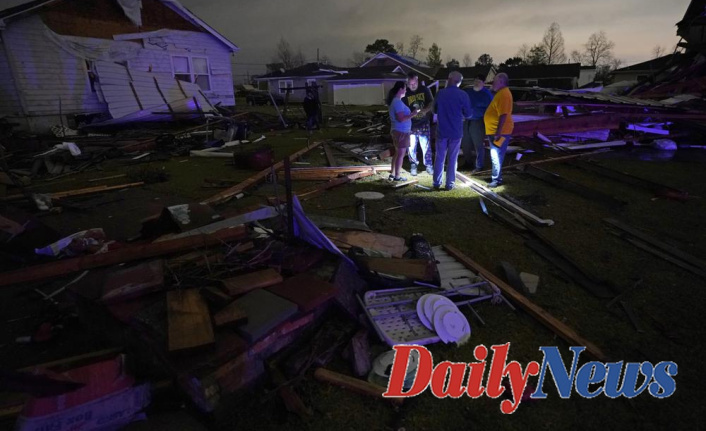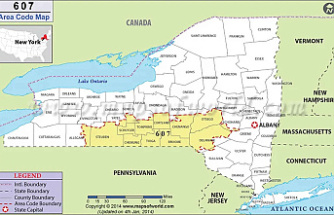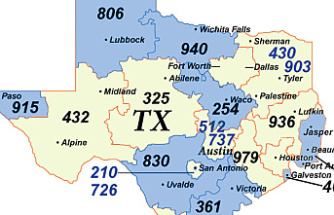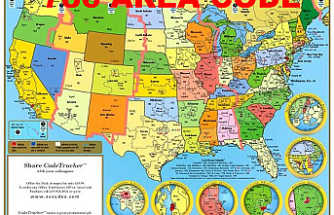The fatal tornado that struck New Orleans on Tuesday night is a prime example of what experts call the 21st century problem of twisters. Killer tornadoes are moving a lot further out from the Great Plains where they can hit more people, and farther into the Southeast, where there are more trees to hide them.
These Southeast twisters can also strike at night, when they are most dangerous.
Let's take a closer look at the reasons behind this shift.
WHY DO TORNADOES KILL MORE PEOPLE OUTSIDE OF THE GREAT PLAINS?
According to an Associated Press analysis, almost 89% of the 1,653 Americans who were killed in tornadoes since 2000 -- including this week's victims - lived east of the Dakotas.
100 people died last year from tornadoes in Kentucky and Alabama, Illinois, Tennessee. Texas claimed one death.
Experts say it's not a meteorology issue but a people problem.
Victor Gensini is a Northern Illinois University professor of meteorology who specializes on severe storms. The Mid-South is prone to tornadoes but there are more opportunities in the Mid-South. There are more bull's eyes on our dartboard. There are more cities. We have more housing stock in weak frames. We have more weak frame housing stock. Tornadoes occur more often at night there, as we saw last night.
Harold Brooks is a senior scientist at NOAA’s National Severe Storms Laboratory. He said that traditional 20th-century tornadoes (the ones that made Oklahoma and Kansas famous) are less dangerous because they travel for miles without any obstacles. Brooks and his wife chased a tornado that was threatening Oklahoma for 66 miles in 1991. It had winds of 286 mph. It struck two barns, but only a few cows were injured.
If you put that storm near New Orleans at night, dozens of people will be killed. Brooks stated that all it takes to have a storm in the Southeast is for a weather event.
CLIMATE CHANGE HAS A ROLE
Brooks and Gensini published a 2018 scientific study showing that deadly tornadoes were less frequent in tornado alleys of Oklahoma, Kansas, and Texas, and more often in tornado fatality alley which is the Mid-South, Gensini stated.
They believe that the West is becoming drier due to human-caused climate change, which makes the air more unstable and moist, which is critical for tornado formation. Gensini stated that the Southeast is experiencing warmer air. This means more water vapour, which causes significant instability.
Gensini stated that climate models predicted this type of shift 50 years into the future, but it is already happening.
Gensini and Brooks, as well as Jana Houser, University of Ohio meteorology professor, stressed that they do not see any climate change in Tuesday's deadly Louisiana tornado.
They said that there's a La Nina. This is a natural periodic cooling in parts of the Pacific that changes global weather patterns. It usually results in more tornadoes in Southeast due to changes in the jet stream or moisture.
WHAT IS DIFFERENT ABOUT NIGHT TORNOES?
The problem is that nighttime tornadoes can often cause people to not react quickly enough, experts stated.
Brooks stated that about three quarters of tornadoes that strike Oklahoma and the Great Plains states are between 5 and 9. This gives people a better idea of when they will be coming and how much daylight there is. They can strike anywhere in the Southeast, meaning they are more likely to hit at night than in Oklahoma. This makes them more dangerous.
Gensini stated that they also occur more often at night in the Southeast because there is less daylight hours and they are more common in spring. He said that spring storms are stronger and more intense than summer storms. They don't require the sun's heat to generate energy to cause tornadoes.
WHAT IS THE LANDSCAPE ABOUT?
Additionally, the Southeast suffers from more trees, hills, and buildings that block views of storms.
Houser stated that people often go out to their porch when there is a tornado warning in the Southeast. They don't see any danger and it looks just like a dark sky. They may not be as likely to heed the warnings than if they walk out of their front door and see a tornado on horizon. There is a bit of geography that can play a part in this.
Any GOOD NEWS IN THE REGION?
One advantage to tornadoes in Southeast is that meteorologists can forecast bad conditions much sooner. Brooks stated that Tuesday's severe thunderstorm was predicted by NOAA's Storm Prediction Center eight days before it occurred. This is an unusual situation.












